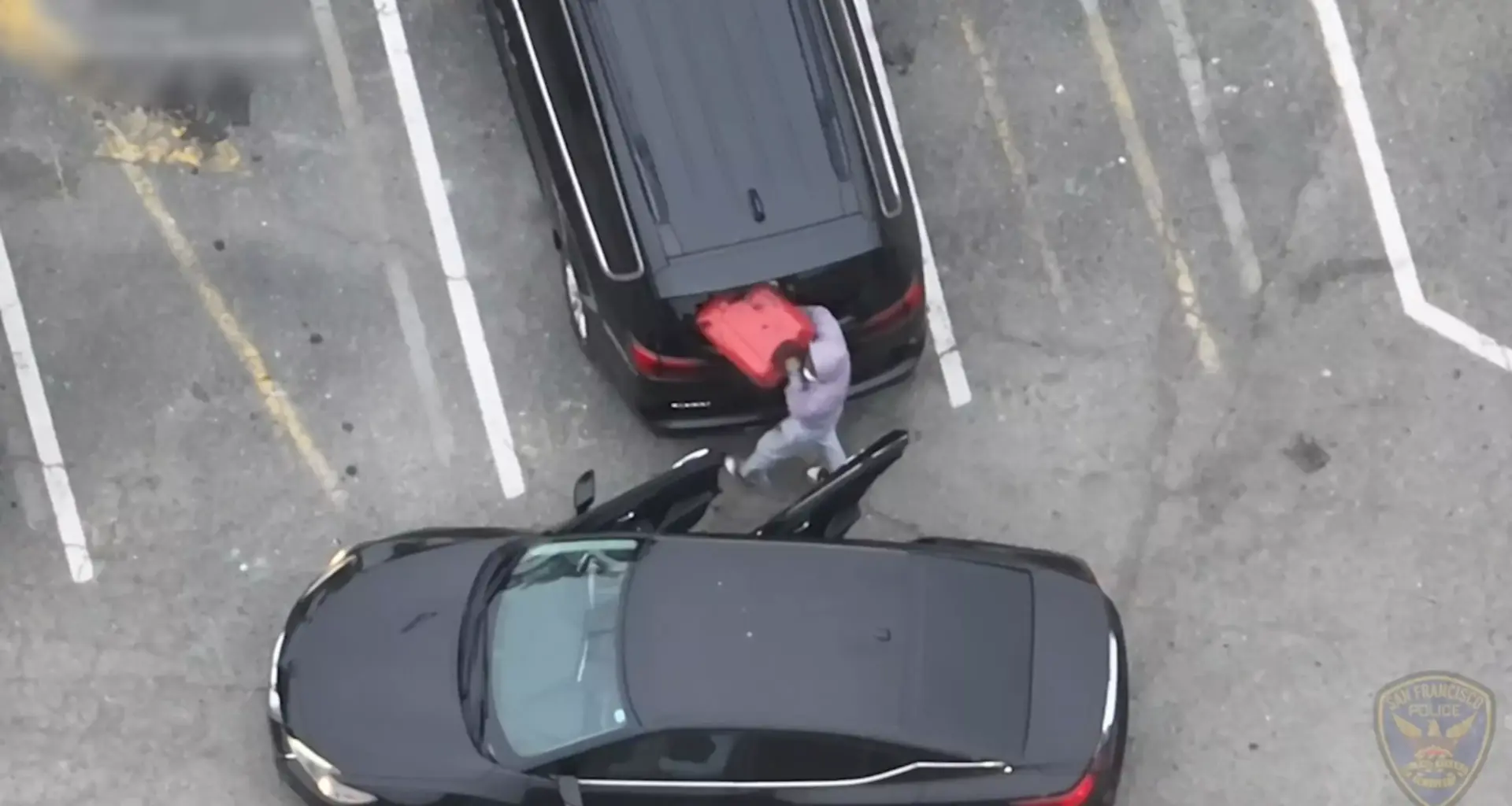San Francisco police have steadily expanded their use of drones to investigate crimes, according to new data released this week.
The numbers published by the San Francisco Police Department give the public its first detailed look at an increasingly central piece of the city’s growing surveillance network, which includes license plate readers and live cameras.
The data, which spans May 2024 through the end of August 2025, shows the SFPD has deployed drones nearly 1,400 times since first acquiring the technology.
Drone flights are strongly correlated with overall reported crimes, meaning neighborhoods with high crime are likely to see the most flights.
In the same time period as the drone logs, the neighborhoods with the most reported crimes were the Tenderloin, Mission, South of Market, Bayview, and Financial District.
Typical drone deployments lasted 16 minutes, though several operations — including responses to mental health crises, buglaries, and concerts — lasted as long as six hours.
The vast majority of drone deployments were related to stolen vehicles, burglaries, and thefts. Flight logs indicate that while the SFPD frequently uses drones to respond to active incidents, they are also used to track suspects in after-the-fact investigations.
In some cases, drones were dispatched after license plate readers flagged suspicious or wanted vehicles — illustrating how SFPD’s surveillance tools have increasingly worked in tandem.
Drones have also monitored several large events in the city, including Outside Lands, Pride, and the Dolores Park hill bomb, and have been used to investigate at least three homicides.
Deployments increased rapidly since the department first launched the technology, but have recently dropped off. It’s unclear why. Overall reported crimes have remained relatively stable since November 2024, but are down 26% so far in 2025 compared to the same time last year.
The SFPD’s drone program received a boost (opens in new tab) in June when crypto billionaire Chris Larsen donated $9.4 million to expand the department’s Real Time Investigation Center, which serves as a hub for its surveillance technology.
“We’re going to be covering the entire city with drones,” SFPD Captain Thomas MacGuire said at the time.
The SFPD and elected officials have frequently highlighted high-profile crimes, including sideshows, solved using drones and license plate readers — technology that voters green lit last year when they approved Proposition E (opens in new tab).
But recent investigations have found that, in some cases, police have failed to abide by surveillance regulations. Last month, The Standard reported that the SFPD let out-of-state police illegally search the city’s license plate data for U.S. Immigration and Customs Enforcement investigations.

